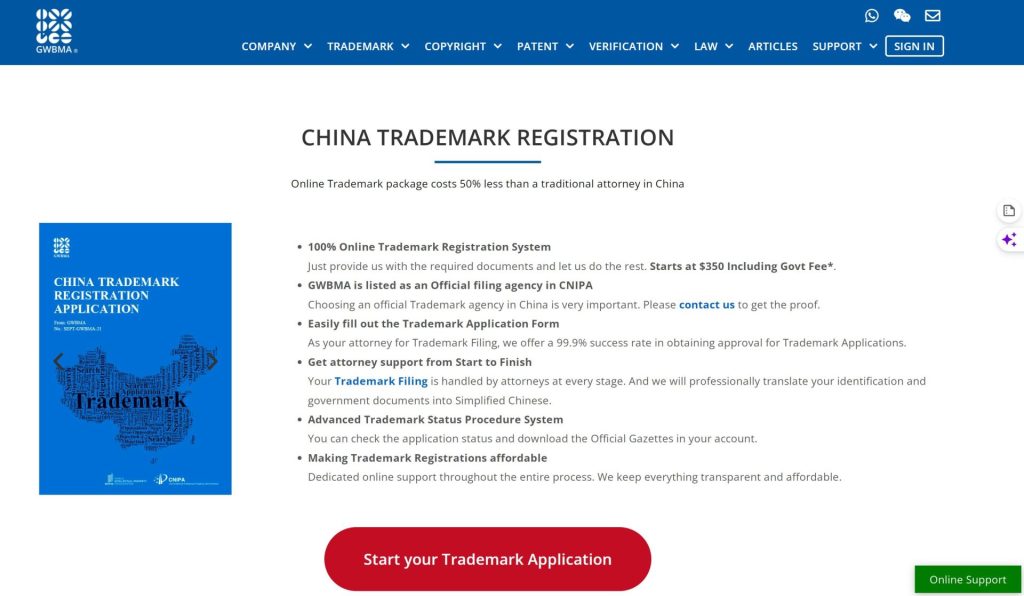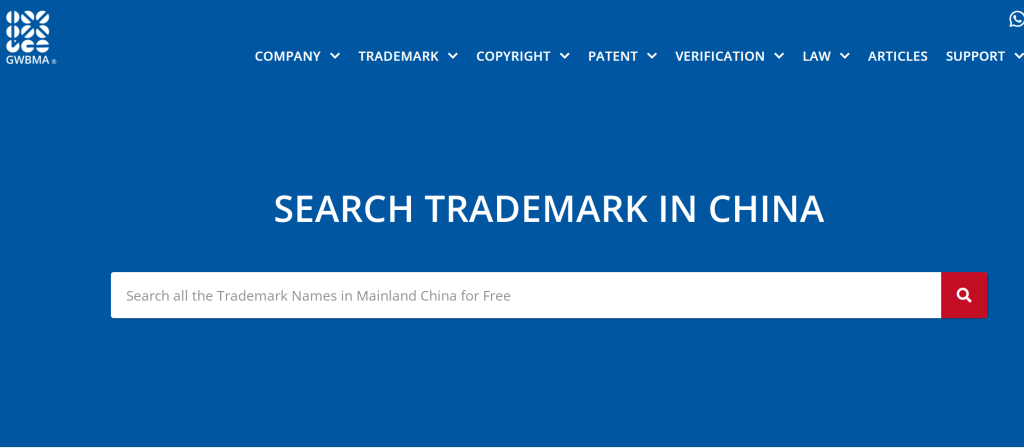Contents
Introduction:
While foreign businesses may choose to register a trademark in China, this decision not only represents a significant step in securing their brand but also plays a crucial role in protecting their intellectual property. During this period, understanding how to correctly use the Trademark symbols in China becomes particularly important.
For international companies entering the Chinese market, comprehending the regulations and legal requirements for using these symbols in mainland China is key to ensuring brand safety and compliance. However, there are notable differences between China and Western countries, particularly the United States, in how these trademark symbols are used.
In mainland China, the use of TM and ® is tied to the registration status and legal protection scope of the trademark. This article will explore the practical application of these symbols in China, explain their legal standing under Chinese trademark law, and offer guidance on the proper use of these symbols in the Chinese market. By understanding and adhering to these regulations, businesses can effectively safeguard their brand and intellectual property in China.
I. “TM” and “®” in Trademark Symbols in China and the Key Steps to Note
In China, the use and protection of trademarks are governed by the “Trademark Law of the People’s Republic of China.” Here are the key points regarding the use of the TM and ® symbols:
- Use of the TM Symbol:
The TM (Trade Mark) symbol generally indicates that a mark is being used as a trademark, even if it has not yet been formally registered. This means that a business or individual is already using the mark and wishes to have it recognized as part of trademark protection.
In China, there is no legal requirement to use the TM symbol. This means that while a trademark application is pending or under review, businesses can choose whether or not to use the TM symbol alongside their mark. Doing so will not affect the final registration result of the trademark. - Use of the ® Symbol:
The ® (Registered) symbol is specifically used to indicate that a trademark has been successfully registered with the trademark office. The ® symbol can only be legally used once the trademark has been granted a trademark registration certificate.
In China, using the ® symbol without approval is illegal. If the ® symbol is used before a trademark is officially registered, it may be considered false advertising or misleading to consumers, which could result in administrative penalties. - Points to Note During the Trademark Registration Waiting Period:
During the trademark registration review period (usually 6-9 months), businesses may begin using their trademark, but it is advisable to use the TM symbol rather than the ® symbol to avoid legal risks.
After the trademark is successfully registered, businesses should promptly update all related branding to include the ® symbol, thereby declaring the trademark’s official registration and legal protection status. - Using the TM Symbol During the Waiting Period:
The TM symbol can be used to indicate that the mark is in the process of seeking trademark protection, but the ® symbol cannot be used until the registration certificate is obtained. Adhering to this regulation helps to avoid unnecessary legal issues.
II. Trademark Images Must Not Include TM, ®, or Other Symbols
During the trademark application process in China, the submitted trademark images must not include the TM, ®, or other similar symbols. This is because these symbols denote the legal status of a trademark, and at the time of submission, the trademark has not yet achieved registered status, so these symbols are not appropriate. Below are the relevant reasons and regulations:
- Requirements for Submitted Trademark Images:
When applying for a trademark, the images submitted must be clear, concise, and accurately represent the mark that the applicant wishes to protect.
According to the “Trademark Law of the People’s Republic of China” and its related regulations, the submitted trademark images must not contain legal status indicators (such as TM, ®, etc.), as these symbols suggest that the trademark is already protected or is in the process of being registered, which is not appropriate at the application stage. - Avoiding Confusion:
If the submitted trademark images include the TM or ® symbols, it could cause confusion for the trademark examiner, leading them to believe that the applicant is attempting to suggest that the trademark is already registered or has a specific legal status. This could result in the application being rejected or the applicant being required to resubmit compliant images. - Correct Approach:
After the trademark application is successfully registered and the trademark registration certificate is obtained, the applicant may choose to add the ® symbol to the trademark usage to indicate that it is registered. During the application process, the TM symbol can be used selectively, but these symbols should not appear in the images submitted to the trademark office.
Thus, ensuring that the trademark images submitted during the application process do not contain the TM, ® symbols is both a correct and necessary practice to avoid unnecessary legal issues or delays in the application process.
III. The Significance of Trademark Symbols: Trademarks in China
In mainland China, aside from the use of TM and ® symbols, there are additional considerations and regulations related to trademark usage, which are closely tied to trademark law and related regulations. Firstly, trademarks should be used in good faith, meaning that trademark usage should not infringe on others’ legal rights or involve registering others’ trademarks through improper means. Secondly, according to Article 49 of the “Trademark Law of the People’s Republic of China,” a registered trademark may be subject to cancellation if it is not used for three consecutive years. Therefore, after registering a trademark, businesses need to ensure its actual use to maintain its validity. Furthermore, when applying for a trademark, applicants can claim priority within six months of filing. The following are the steps for trademark registration in China:
- Application Form:
If the client chooses to start their trademark application, their attorney will first review the content and send the Power of Attorney (POA) via email as quickly as possible. - Preparation of Application Documents:
This includes the trademark image, applicant information, goods or services categories, etc. China’s trademark classification follows the Nice Classification, which is divided into 45 categories. Accurately selecting the appropriate category is essential for ensuring the scope of trademark protection. It is important to note that trademark images must not contain TM or ® symbols. - Submitting the Application:
The trademark application is submitted through the online system of the China National Intellectual Property Administration (CNIPA) or by an authorized agency. - Review Process:
After submission, the application undergoes both a formal review and a substantive review. The formal review ensures the completeness of the application materials, while the substantive review evaluates whether the trademark meets registration requirements, such as distinctiveness and whether it conflicts with existing trademarks. During this process, GWBMA will provide clients with the latest updates via email, and you can also log in to the platform to monitor the progress of the trademark registration. - Publication and Registration:
Trademarks that pass substantive review will be published for a certain period during which the public can raise objections. If no objections are raised, or if objections are resolved, the trademark will be officially registered. The Chinese Trademark Certificate is valid for 10 years.
IV. The Significance of Trademark Registration in China
- Public Use of Trademarks:
When a trademark is used publicly (e.g., in advertisements, product packaging, company logos, etc.), it must be consistent with the registered form of the trademark. Any modifications or alterations to the trademark must be approved by the trademark office, otherwise, it may be considered non-compliant usage. - Prohibition of Trademark Abuse:
Trademarks cannot be used for illegal activities or in ways that mislead the public. The use of trademarks must not violate public morals, harm socialist moral standards, or include content that discriminates based on race, ethnicity, or religion. - Preventing Trademark Infringement:
Businesses should regularly monitor the market to prevent unauthorized use of their trademark or similar marks by others and take timely legal action to protect their trademark rights. Trademark infringement includes, but is not limited to, counterfeiting registered trademarks or unauthorized modifications of registered trademarks. - Trademark Licensing and Transfer:
Trademark owners can permit others to use their registered trademarks through licensing agreements, but these agreements must be recorded with the trademark office. Unregistered agreements may not be legally enforceable against third parties. Trademarks can also be transferred, but the transfer must be recorded with the trademark office to be effective. - International Trademark Protection:
If a business plans to use its trademark in other countries or regions, it should consider registering through the Madrid System or individually in target countries or regions to secure international protection.
V. The American SM Symbol: A Comparison with China’s TM and ®
In China, it is rare to see the SM (Service Mark) symbol. This is because the SM symbol is mainly used in the United States to indicate service marks, while the Chinese trademark system does not clearly distinguish between service marks and product marks.
- Background of the SM Symbol:
In the United States, the SM symbol is similar to the TM symbol but specifically refers to marks that are used in the service industry and have not yet been registered. TM is generally used for products, while SM is used for services. For example, unregistered marks in industries such as restaurants, hotels, and consulting services can use the SM symbol to indicate that they are service marks. - The Situation in Mainland China:
In mainland China, the “Trademark Law” does not distinguish between product trademarks and service trademarks; all trademarks, whether for products or services, are managed and registered under a unified system. Therefore, the SM symbol is not used in mainland China. In China, businesses use TM to indicate that a trademark is pending or not yet registered and use ® to indicate that the trademark has been registered. - Trademark Classification:
Although China does not use the SM symbol, trademark applications require the applicant to classify their trademark according to the “Nice Classification,” which includes both product and service categories. The Chinese trademark office reviews and manages trademarks based on these classifications. In summary, there is no SM symbol system in mainland China like in the United States, and the use of trademark symbols is essentially unified, which is why you won’t see the SM symbol in China.
Conclusion:
By following these regulations and guidelines, foreign businesses can better protect their rights when using trademarks in mainland China and avoid unnecessary legal risks. Additionally, for foreign businesses or individuals looking to secure their rights through trademark registration in China, selecting a reputable and recognized trademark registration agency is crucial. GWBMA is an agency recognized by the China National Intellectual Property Administration (CNIPA) with legitimate credentials. It is important to note that foreign businesses or individuals cannot directly act as trademark agents in China and must submit applications through a recognized agency. This ensures that the trademark registration process is completed smoothly and swiftly.




